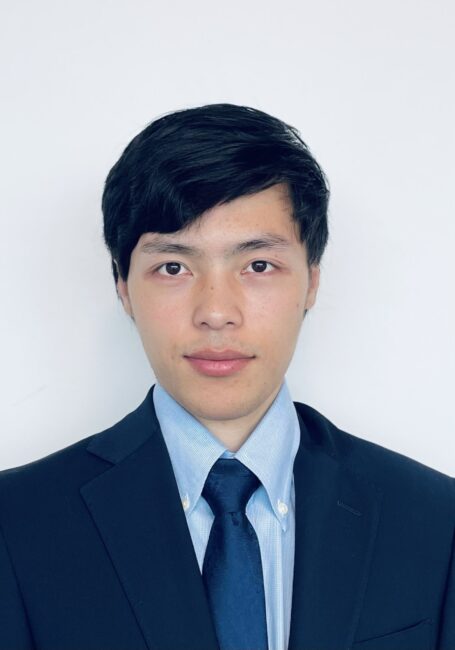Hanyu Zheng, Electrical Engineering
*under the direction of Dr. Jason Valentine
“Compound Meta-optic for Complete Wavefront Control”
03.07.23 | 2:00pm CST | Stevenson 2212
Optical metasurfaces, based on subwavelength structuring, offer a compact platform for manipulation of the amplitude, phase and polarization state of light. Independent control over these properties, however, is hindered by the limited engineering freedom associated with single-layer metasurfaces. In this dissertation, we utilize compound meta-optics to realize high-efficiency, independent, control over the amplitude, phase, and polarization state of light. High efficiency control is enabled by redistributing the wavefront between cascaded metasurfaces while end-to-end inverse design is used to realize independent complex-valued functions for orthogonal polarization states. Based on this platform, we demonstrate 3-dimensional holography, mode division multiplexing, optical mode conversion and universal vectorial holograms, all with diffraction efficiencies over 75%. We also demonstrate how compound meta-optics can serve as optical neural network accelerators that off-load computationally expensive convolution operations into high-speed and low-power optics. In this scenario, metasurfaces enable both spatial multiplexing and additional information channels, such as polarization, in object classification. End-to-end design is used to co-optimize the optical and digital systems resulting in a robust classifier that achieves 93.1% accurate classification of handwriting digits and 93.8% accuracy in classifying both the digit and its polarization state. This approach could enable compact, high-speed, and low-power image and information processing systems for a wide range of applications in machine-vision and artificial intelligence. Finally, this dissertation explores a prototyping platform based on self-assembled nanosphere lithography. As a result, a large-scale periodic metasurface is presented as a high-k filter for edge enhancements. In addition, grayscale lithography is used to realize nonperiodic large-scale metasurface devices including metalenses with diffraction-limited focusing and meta-holograms which could open new doors to cost effective and large-scale fabrication of a wide range of metasurface-based optics.
